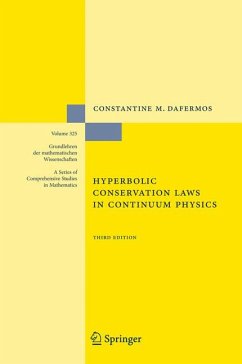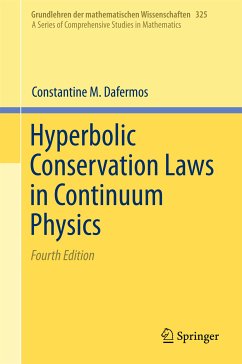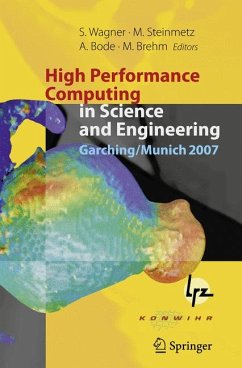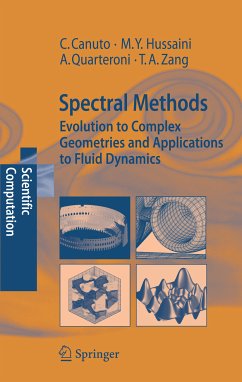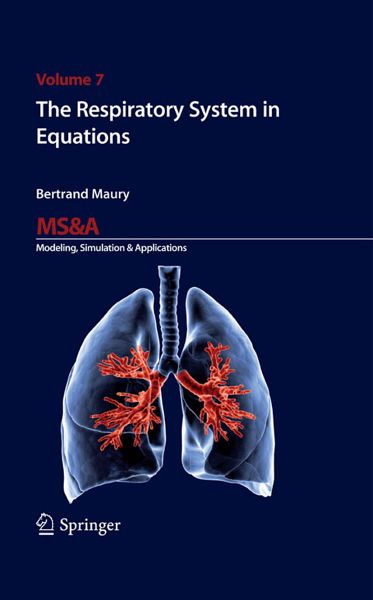
The Respiratory System in Equations (eBook, PDF)
Versandkostenfrei!
Sofort per Download lieferbar
72,95 €
inkl. MwSt.
Weitere Ausgaben:

PAYBACK Punkte
36 °P sammeln!
This book proposes an introduction to the mathematical modeling of the respiratory system. A detailed introduction on the physiological aspects makes it accessible to a large audience without any prior knowledge on the lung. Different levels of description are proposed, from the lumped models with a small number of parameters (Ordinary Differential Equations), up to infinite dimensional models based on Partial Differential Equations. Besides these two types of differential equations, two chapters are dedicated to resistive networks, and to the way they can be used to investigate the dependence...
This book proposes an introduction to the mathematical modeling of the respiratory system. A detailed introduction on the physiological aspects makes it accessible to a large audience without any prior knowledge on the lung. Different levels of description are proposed, from the lumped models with a small number of parameters (Ordinary Differential Equations), up to infinite dimensional models based on Partial Differential Equations. Besides these two types of differential equations, two chapters are dedicated to resistive networks, and to the way they can be used to investigate the dependence of the resistance of the lung upon geometrical characteristics. The theoretical analysis of the various models is provided, together with state-of-the-art techniques to compute approximate solutions, allowing comparisons with experimental measurements. The book contains several exercises, most of which are accessible to advanced undergraduate students.
Dieser Download kann aus rechtlichen Gründen nur mit Rechnungsadresse in A, B, BG, CY, CZ, D, DK, EW, E, FIN, F, GR, HR, H, IRL, I, LT, L, LR, M, NL, PL, P, R, S, SLO, SK ausgeliefert werden.





